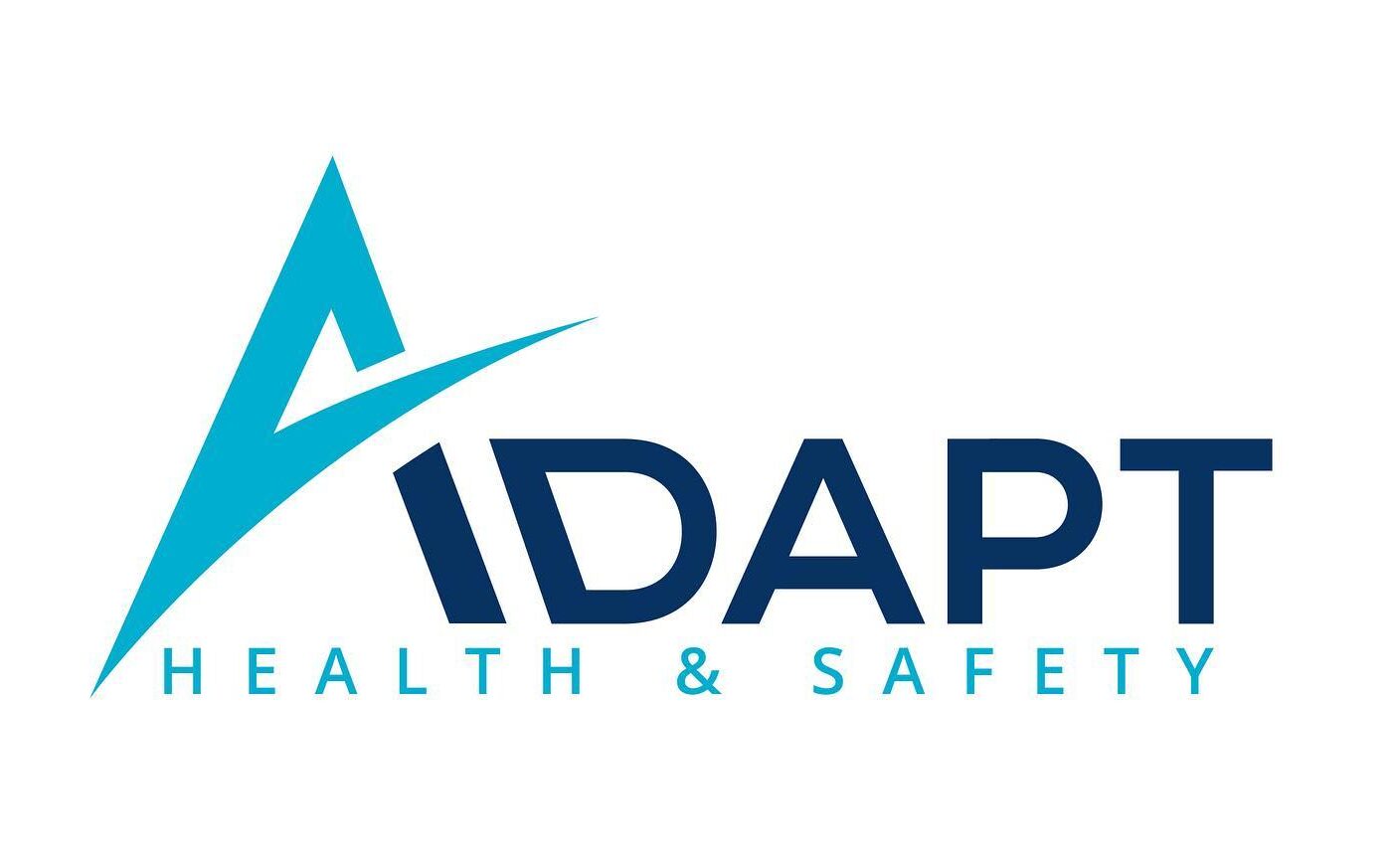Safety Footwear has minimum safety standards set by the International Organization for Standardization (ISO). The current standard for Safety Footwear across Europe is EN ISO 20345:2011. This means that all Safety Footwear must now have toe protection against an impact of 200 joules as standard. There are several Safety Ratings for Safety Footwear and these will be explained.
SB is Safety Basic. These must have a toe protection against an impact of 200 joules.
S1 has the same features as Safety Basic, however, also features energy absorption in the heel and has anti-static protection.
S2 is the same as S1 but also features a water-resistant upper.
S3 has the same features as S2 with a penetration resistant midsole added.
S4 are the same as S1 but have a waterproof polymer upper.
S5 has all the same features as S4 but has a penetration resistant midsole added.
Anti-slip footwear is vital in many working environments. There are 3 different standards that non-slip footwear is tested against. These are SRA, SRB & SRC. SRA means they have been tested on a ceramic tile that has been wet with a diluted soap solution, whilst SRB means they have been tested on steel with glycerol. SRC refers to footwear tested under both the conditions of SRA and SRB.
It is important to consider what are the best safety footwear for you. The most important factor to consider is what level of protection you need. As SB is standard that may be enough for your job, however in certain jobs you may require more than this, for example, needing a penetration resistant midsole. You should buy all your safety footwear new to ensure that they are prepared for your needs, as if you were to purchase second-hand you would not know what they have been subjected to beforehand.
